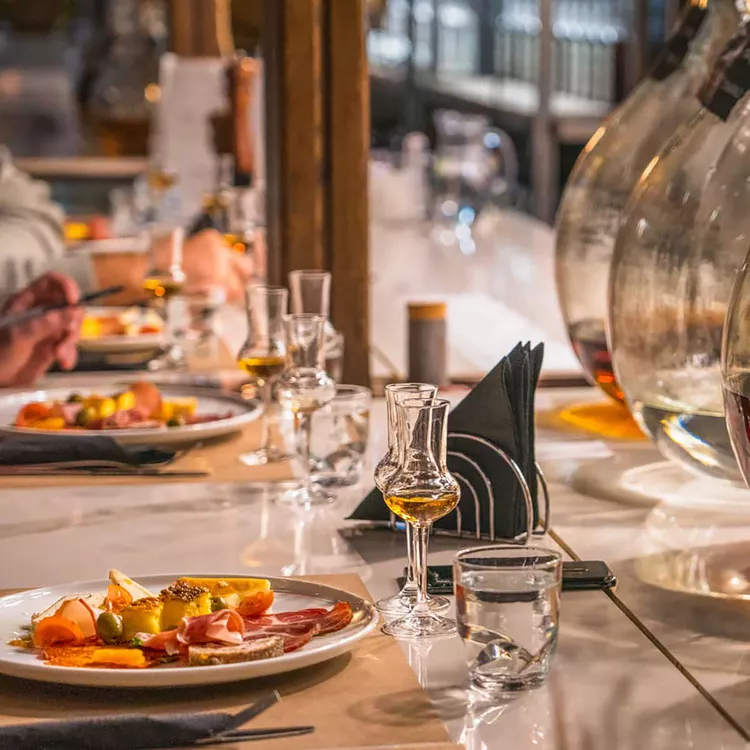
Bulgarian cuisine is a vibrant blend of Slavic, Greek, Ottoman, and Middle Eastern influences. Embodying the country’s rich cultural crossroads. It’s characterized by hearty breads, fresh vegetables, quality dairy—especially yogurt and white cheese—and a variety of grilled and stewed meats.
Bulgarian Staples
Traditional dishes like Shopska salad, kavarma, and banitsa are staples. Reflecting a love for fresh produce and time-honored culinary techniques. Spices such as red pepper, paprika, and mint add distinctive flavors to Bulgarian meals. While meals often begin with a bowl of tarator, a chilled cucumber soup. The cuisine is both a celebration of Bulgaria’s agricultural bounty and its historical tapestry, offering a comforting and flavorful experience.
- Banitza (Bulgarian white cheese pastry) – A popular pastry made with eggs, natural yogurt, and white brine cheese, often considered a symbol of Bulgarian cuisine.
- Kebapche – Grilled minced meat with spices, typically a mix of pork and beef, shaped into a cylindrical form and served with sides like french fries and salad.
- Mekitsi (Bulgarian fried donuts) – Made from kneaded dough with milk or yogurt and deep-fried, commonly served for breakfast with toppings like powdered sugar or jam.
- Shopska Salata – A cold salad known as Bulgaria’s national salad, featuring diced vegetables and a dressing of sunflower oil and vinegar.
- Meshana Skara (Mixed grill) – A meat platter with varieties like kebapche, kyufte, pork steak, and pork skewer, often accompanied by french fries and bean salad.
- Gyuvech (Beef stew) – A casserole made with beef, vegetables, and cheese, baked and served in a ceramic pot.
- Tarator (Cucumber Soup) – A cold cucumber soup that’s refreshing for summer, served with a drink like rakia or beer.
- Shkembe chorba (Tripe soup) – A soup made with tripe, flavored with paprika, vinegar, garlic, and hot red pepper, known for its reputed hangover-curing properties.
- Moussaka – A dish with layers of potatoes, ground meat, and vegetables, similar to the Greek version but with its own Bulgarian twist.
- Tikvenik (Bulgarian Pumpkin Pastry) – A sweet pastry with pumpkin, walnuts, sugar, and cinnamon, often enjoyed in fall and winter, particularly on Christmas Eve.
Culinary Traditions
These dishes reflect the rich culinary traditions of Bulgaria. Offering a blend of flavors and ingredients that are integral to the country’s heritage. From hearty stews and grilled meats to refreshing salads and sweet pastries. Bulgarian cuisine offers something for every palate.
Rakia
Rakia is the traditional Bulgarian spirit, deeply woven into the country’s social and culinary fabric. This potent fruit brandy is typically made from grapes, plums, or apricots. Though a variety of other fruits can also be used. Each region has its preferred recipe, often passed down through generations. The homemade versions are a point of pride. Served neat and usually as an aperitif, Rakia is more than just a drink. It’s a means of hospitality and celebration. It accompanies life’s milestones, family gatherings. It is an indispensable part of Bulgarian festivity and everyday life. With its strong flavor and high alcohol content, Rakia is as robust and spirited as the culture from which it hails.